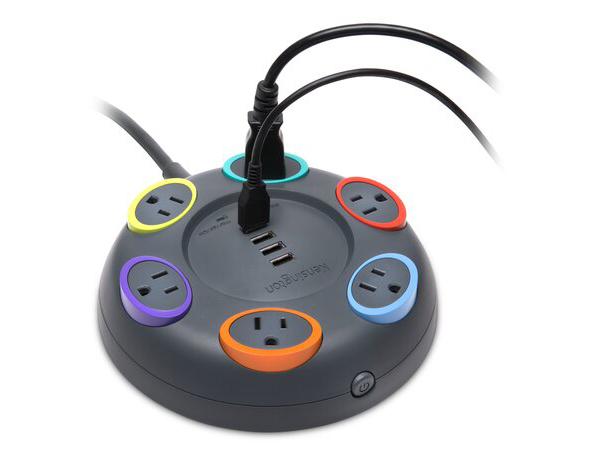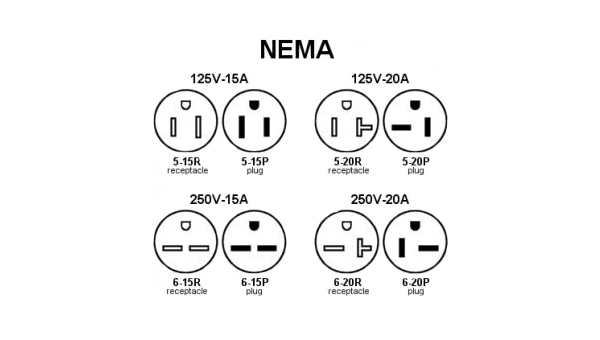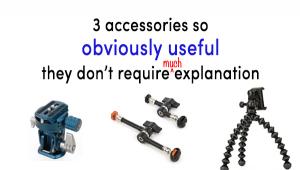7 Dangerous Misunderstandings About Surge Suppressors that Photographers NEED to Know

What photographers don’t know can cost them big time, and bad information is more hazardous than none at all. With photo gear prices skyrocketing, today more than ever, photographers need a reliable Surge Protection Device for their delicate electronics.
You may get a large charge out of this week’s column. Here are some of the myths and misconceptions surrounding our misunderstood friend, the surge protector.
7. I have a power strip so I’m protected
Bad decision, Sparky. A simple power strip is nothing more than an extension cord with a plug on one end and a bank of outlets on the other. Some have on/off switches and impressive little lights that glow when the juice is flowing, but don’t let these pompous posers fool you. The power strip you bought at the Dollar Store provides about as much protection as Crisco gives chicken in a hot skillet.

6. I plug into a GFCI receptacle—that’s better than an SPD
You’ve got your Ps and Qs mixed up. Let’s start at the fuse box. Unless you live in a very old house, your fuse box is home to circuit breakers. Each breaker protects one electrical circuit from damage caused by excess current from an overload or short circuit. This protects your wiring from overheating and potentially causing a fire.
A Ground Fault Circuit Interrupter (GFCI) is a specialized type of circuit breaker built into a two-outlet wall receptacle that turns off electric power when it senses a difference between the outgoing and incoming current. These life savers act fast (about 20 milliseconds or so) and protect you from injury when your hair dryer goes homicidal. You’ll find these in kitchens, bathrooms other areas as mandated by the National Electrical Code (NEC).
SPDs, Surge Protection Devices, protect electrical devices from voltage spikes and surges. The difference between surges and spikes is one of duration and, sometimes, intensity.
5. I only need one for my TV and one for my computer
First of all, you only have ONE television? Really? Oh well. Truth is, anything that plugs into the wall is vulnerable to electrical surges and spikes. Cordless phone, for example. Or clock radio. Fax machine. I mean, if you have only one TV, you probably still use a Fax, right? And a VCR?

4. All surge protectors are basically the same
To the extent that all four-legged animals are the same, yes. Just as chipmunks and camels are both quadrupeds, but have little else in common, the same can be said of SPDs. Doubt me? Then read my shocking micro-tutorial published here.
If you take away nothing else, believe this: high quality SPDs are rated according to the amount of energy they can absorb or dissipate before failure. This rating is expressed in Joules. The higher the number, the greater the protection. Other critical specifications are Clamping Voltage (the maximum total voltage that is passed to the protected equipment at the peak of the surge) and Response Time (unit of measurement is nanosecond ns which is one billionth of a second).

3. They cost more than they’re worth
Even a 19-inch portable Sony Trinitron from 1974 probably costs more on eBay than a top-rated surge protector. For example, for less than $50 you can buy my favorite SPD, the Tripp Lite Isobar IBAR4. I bought my first Tripp Lite about 100 years ago and I’m still protected—because it still works perfectly and it came with a lifetime warranty. Current models offer up to $50,000 “Ultimate Lifetime Insurance” which covers any connected components damaged by power surge. Cool.
Specifications for the Tripp Lite IBAR4:
AC Suppression Joule Rating 3300
Clamping Voltage 140
AC Suppression Response Time < 1 ns
2. Lightning will never strike my house
Using this rationalization is like saying you don’t need insect repellent on a golf course in Florida because odds are against you being gobbled up by an alligator.
First, Surge Protection Devices are not designed to protect your plugged-in components from a direct lightning strike to your domicile. The only sure protection is unplugging them. Second, power surges don’t require lighting to appear.
What causes power surges (besides lightning)? Equipment maintenance by your electric service provider can inadvertently generate spikes. So can large juice-users like AC units when they kick on. In fact, lightning per se is one of the least common causes, according to many sources.
1. I don’t really need one—they’re just marketing hype
They’re a bit like airbags. You don’t need one—until you need one.

Sidebars
What is NEMA?
Abbreviation for National Electrical Manufacturers Association, NEMA has created a pattern and numbering system for electrical outlets and plugs. No need to memorize them; there’s a chart somewhere in this article, and you can find more information online when you need it.
How about brownouts?
A brownout is a sudden drop in voltage. Remember from your high school science class, Watts = Volts X Amperage. When voltage drops, amps increase. The sudden jump in Amperage can fry small electric motors faster than you can say “Have you noticed the refrigerator has been very quiet lately?”
Right now you might be saying to yourself, “Ohmmmm.” That’s wrong. Ohm is a measurement of Electrical Resistance. Watt? Don’t you get it?
Disclaimer
Readers who live outside the US, there’s a good chance that none of this applies to you. No matter where you live, don’t take my word as gospel. If you have a question about electrical safety, call an electrician. And no matter what you do, don’t wait until lightning strikes before you seek protection.
—Jon Sienkiewicz

















































